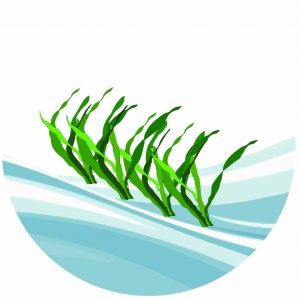Dr. Ronan Sulpice
Abstract:
Ulva spp. is a fast growing green seaweed, and can achieve up to 40% daily growth rate. Growth is usually assessed via determination of increases over time in surface area, fresh and dry weight, and is the result of two different mechanisms, i.e. cell division and cell expansion. Both mechanisms are expected to require the synthesis of structural compounds and soluble compounds to maintain cell turgor, those compounds deriving from photosynthates. It has been previously shown that Ulva spp. has a distinctive diurnal growth pattern, with higher rates of tissue expansion at night than in daytime, contrary to land plants. However, the pattern of the synthesis of structural compounds has not been addressed. To this aim, via use of 13C labelling, we assessed the diurnal patterns of the synthesis of photosynthates/soluble metabolites, starch, structural compounds and compared it to tissue expansion. Our results show a disconnection between tissue expansion and biomass accumulation, with structural compounds being mostly made in daylight, while tissue expansion mostly occurred at night. This strategy is likely allowing for a reduction of the energy costs required for the synthesis of structural compounds, as energy produced by the light reactions of photosynthesis could be directly used for the process, instead of relying upon respiration following starch degradation. Such strategy might explain the high growth rates of Ulva spp and future work will focus on further deciphering the primary metabolism of this group of species, including protein biosynthesis and the interconnected processes of cell division and expansion. |

